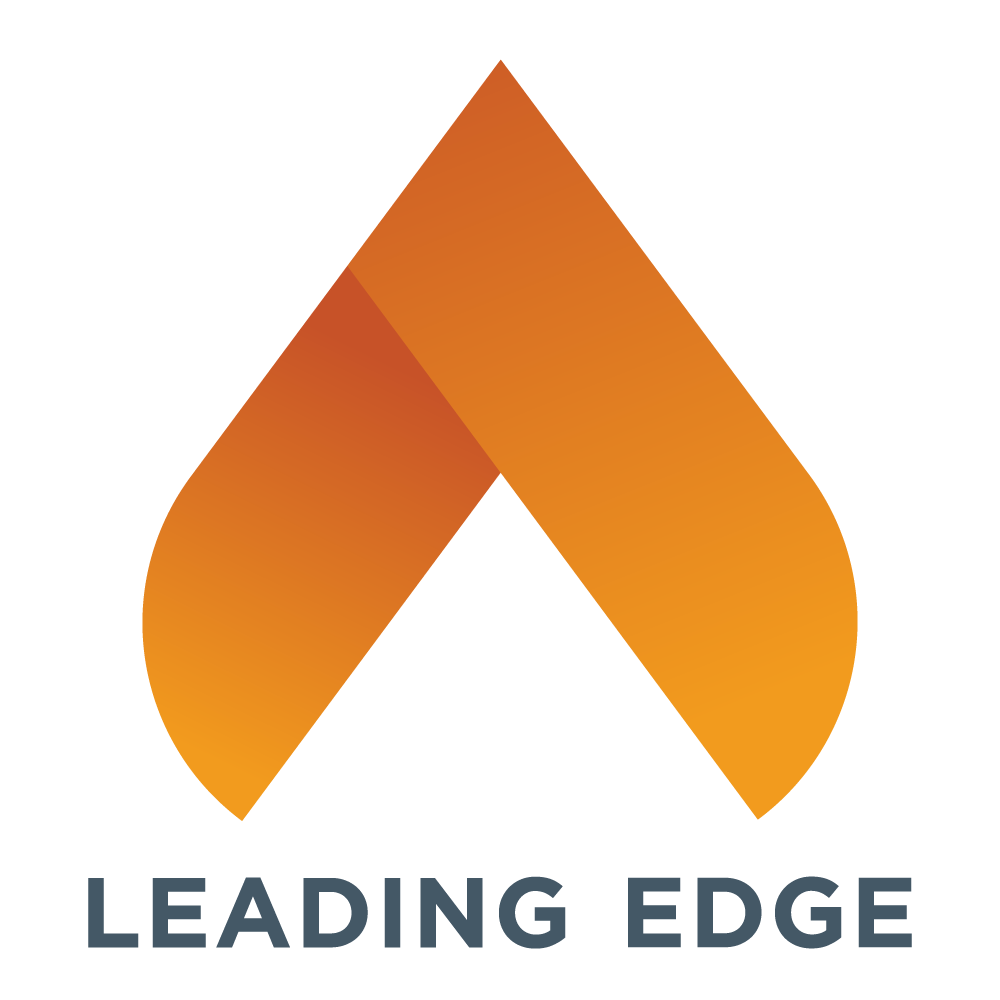
What We're Learning | February 2025
Here's what the Leading Edge team is learning about culture, executives, and boards this month.

Mission, Vision, and Jewish Philanthropic Leadership: A Conversation with Rachel Garbow Monroe and Paula B. Pretlow
In a candid conversation, Rachel Garbow Monroe (President & CEO of The Harry and Jeanette Weinberg Foundation and past Leading Edge Board Chair) and Paula B. Pretlow (Chair of the Board of The Harry and Jeannette Weinberg Foundation) reveal how they lead one of America's largest foundations, balancing its Jewish roots with broader community service. They describe their complementary leadership styles and how they've expanded the foundation's impact through diversity initiatives, gender-lens grantmaking, and a commitment to hearing directly from communities they serve.
READ MORE
CULTURE

Report: Workplace Culture Fosters Employee Retention Worldwide
SHRM’s latest report, The State of Global Workplace Culture in 2024, reveals the profound impact of organizational environments on employee retention, identifying five universal elements linked to successful workplaces: honest management, civil behavior, meaningful work opportunities, open communication, and empathy. The research shows that employees in positive work environments are four times more likely to stay and significantly more motivated, with 83% driven to produce high-quality work compared to 45% in poor environments.
READ MORE

Rituals and mindsets for approaching organizational change
Successful organizational transformation requires recognizing that resistance often stems from feelings of loss rather than the change itself. Whether transitioning to new software or restructuring leadership, organizations must create deliberate spaces for processing these feelings. Essential strategies include maintaining present-moment focus, conducting regular pattern observation and reflection, establishing transition rituals with intention and repetition, and implementing a chapter-based framework that breaks large changes into manageable segments.
READ MORE
MORE:
- Jewish Insider: Jewish groups are reassessing their embrace of DEI
- Chronicle of Philanthropy: For Nonprofits, Remote Work Offers a Competitive Edge
- Moneyball Judaism: Quantification Fixations
EXECUTIVES

Make Character Count in Hiring and Promoting
Organizations are brought low not by competency failures but by poor character-based judgment. Unlike competencies, which vary between organizations, character attributes are universal and interconnected, requiring a different assessment approach. Through free-flowing conversations rather than structured interviews, hiring managers must evaluate candidates' life stories to understand their character development across 11 dimensions.
READ MORE

HR toolkit: supporting staff through LA fires and other future disasters
The recent LA fires have demonstrated how employers need clear strategies to support affected staff through natural disasters. This includes acknowledging the crisis openly, avoiding toxic positivity phrases like "at least you're safe," and ensuring easy access to employee benefits. Employee assistance programs can help staff navigate insurance claims and FEMA applications, while managers must provide continued support as people rebuild their lives.
READ MORE
BOARDS

Skilled, Diverse, and Engaged — 2025 Will Require More From Boards
Nonprofit boards are undergoing a transformation in 2025, driven by post-pandemic realities and organizational needs. The changes include tackling board disengagement head-on, reducing oversized boards to more manageable numbers, increasing diversity to better reflect served communities, and ensuring board members have specific needed skills like financial or political expertise.
READ MORE

How the Best Boards Engage with Management
Boards today struggle to balance proper management oversight with allowing necessary autonomy. Rather than maintaining a single engagement mode, boards should adopt an agile approach with four distinct modes — passive, mentor, partner, and control — each suited to different decision types. The appropriate mode depends on four critical factors: impact on value, conflicts of interest, implications for the mission, and talent and capabilities.
READ MORE
About the Author

Leading Edge mobilizes Jewish organizations to become places where great people deliver great impact.
Loading footer...


